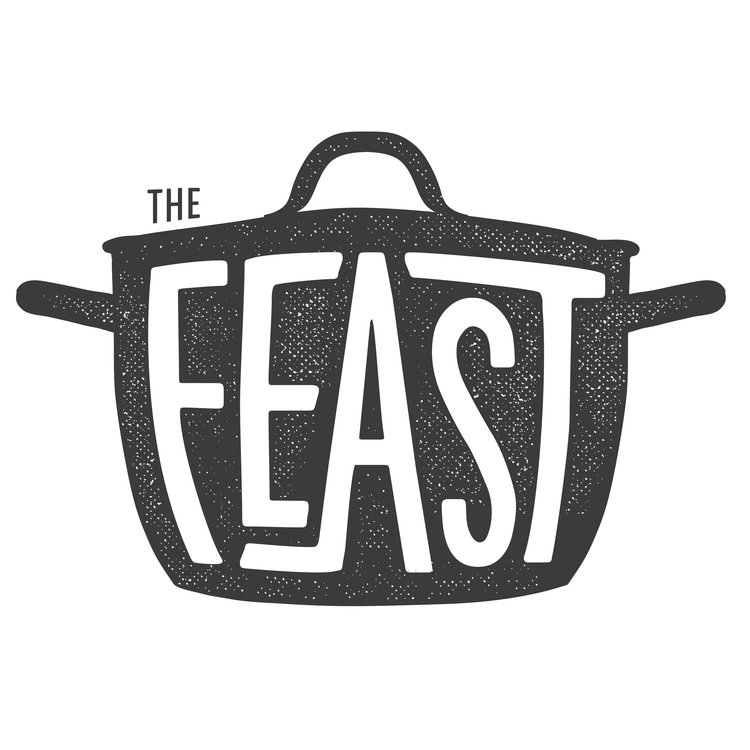Episode 26
Cooking with Lightning: Helen Louise Johnson's Electric Oven Revolution
An 1894 image of the electric kitchen from The Woman's Book: Dealing Practically with the Modern Conditions of Home Life, Self-Support, Education, Opportunities, and Every-Day Problems
Discover the untold history of electricity in the kitchen. Although the earliest electrical ovens were cooking banquets by 1892, the average North American consumer was slow to adopt the new technology. With only a tiny percentage of homes wired by 1900, electricity in the kitchen had a long road to go before the countless toasters, coffee makers, blenders, and food processors of today's modern kitchen. Learn how one early domestic scientist, Miss Helen Louise Johnson, became the Rachel Ray of electrical cooking in the late 19th and early 20th century. Whether cooking steaks at the Chicago World's Fair in 1893 or baking bread on stage in Brooklyn in 1900, Helen Louise Johnson showed a culinary future powered by current.
Written & Produced by Laura Carlson
Technical Direction by Mike Portt
Music featured:
Tim Brymn & His Black Devils Orchestra "Siren of the Southern Sea" (1921) (licensed under a Public Domain Mark 1.0 License)
Victor Herbert Orchestra, "Venetian Love Song" (1909) (licensed under a Public Domain Mark 1.0 License)
The Start of Electrical Cooking
Helen Louise Johnson's career as a spokeswoman for electricity began when the American Electric Heating Corporation sent her several of their kitchen prototypes to sample. As editor and contributor to the popular Philadelphia home economics magazine, Table Talk, Johnson's article on the benefits of electrical cooking in June of 1893 introduced the technology to women across the country.
Thomas Ahearn: Electrical Cooking Arrives by Train
The ovens used by American Electric had been invented by the Canadian inventor and businessman, Thomas Ahearn in 1892. Ahearn had produced an electrical train for urban Ottawa, including automated electrical snow sweepers & heaters to keep the riders warm during chilly Canadian winters. But in the heat of summer, Ahearn discovered another application of his invention. His heaters could do double-duty as ovens- a use he demonstrated during an August, 1892 banquet, one entirely cooked by electrical power.
An early image of Ahearn's electrical railway at use in Ottawa, Canada.
The electrical oven sent to Helen Louise Johnson by the American Electrical Heating Corporation
Ahearn quickly patented his electrical oven, but soon sold the rights to the newly formed American Electric Heating Corporation. Although Helen Louise Johnson praised the inventions both in her Table Talk article and at the Chicago World's Fair in 1893, the company didn't survive and went bankrupt before the 20th century. Despite the failure, Ahearn's early electrical ovens would closely resemble the styles advertised by other companies for the next thirty years.
Helen Louise Johnson & the Magical Mystery Electrical Tour
After her June, 1893 article, Helen found herself the unofficial spokeswoman for electricity in the home. She was invited to give public demonstrations at the Chicago World's Fair in 1893, where she was the only woman featured in the central Electrical Exhibition Hall. She continued touring and lecturing on the topic for the next six years.
The entrance to the Electrical Exhibition Hall at the Colombian Exposition in Chicago in 1893, featuring a statue of Benjamin Franklin.
An ad for Helen Louise Johnson's cooking demonstrations in a January 22nd, 1894 edition of the Washington Post.
Electrical Cooking Heats Up: Electricity in the Twentieth Century
A General Electric silent film circa 1914 shows the first electric car, and home appliances. Intended to advertise the diversity of electricity in the domestic sphere, it would be another twenty years before most homes in North America would be wired for electricity. Telephone, fans, cooking, washing machines and the fabulous 1900s fashions. Silent but amazing view of 100 years ago.
An article from an October 1904 edition of the Boston Globe highlighted the electrical cooking demonstrations available at the St. Louis World's Fair, along with numerous other modern inventions.
Advertisements for electrical ovens made all kinds of claims as to the benefit of cooking with current. Competing with the popular gas ovens as well as the more traditional coal or wood-fired ovens, electrical companies tried several methods to try and lure customers to electrical cooking.
An early 1911 ad by the National Electric Supply Co., that featured a daily demonstration of electrical cooking.
Companies, like Marshall Field & Co., seen below in an ad from 1919, regularly held demonstrations on their shop floors to show customers the advantages of electrical appliances.
A 1924 advertisement by the Hartford Electric Light Company suggested that electrical cooking not only made meat taste better but prevented "shrinkage".
Betty Davis in a rare 1930s commercial for General Electric's dishwasher and electric range.












